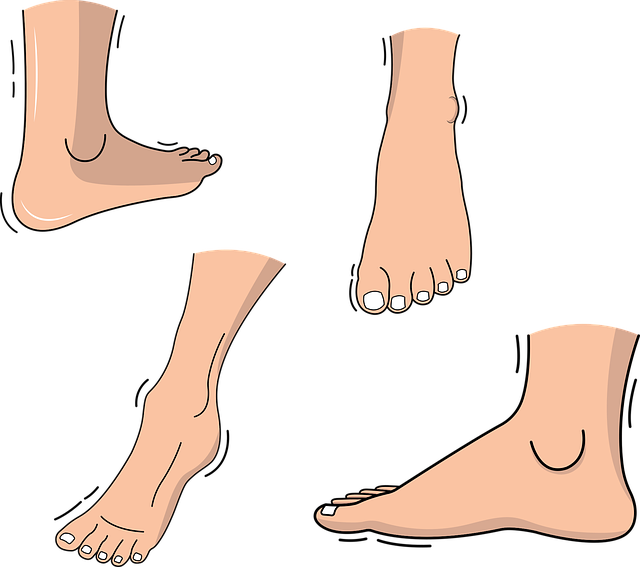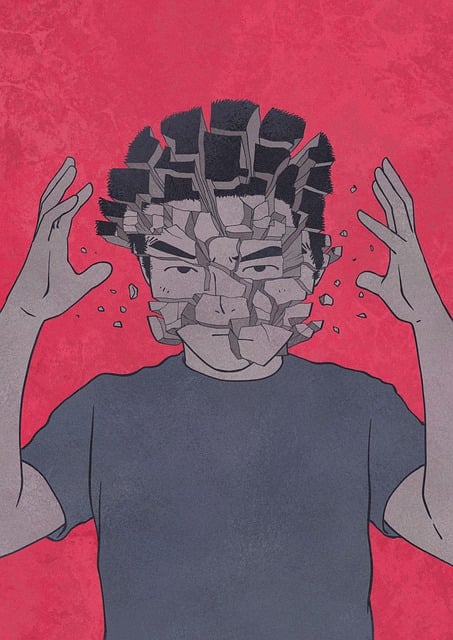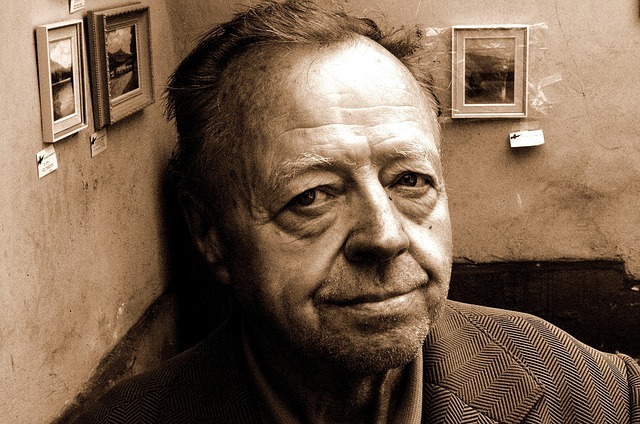Advanced pain management offers a holistic alternative to traditional treatments by addressing physical, emotional, and environmental aspects of pain through diverse practices like acupuncture, chiropractic care, massage therapy, mindfulness meditation, yoga, and lifestyle modifications. This multimodal approach combines evidence-based methods to provide comprehensive relief, improve quality of life, and empower individuals to regain control over their well-being, making it a revolutionary game-changer in the field of pain management.
“Discover the transformative power of Integrative Approaches to Pain Management, a holistic shift in tackling chronic and acute pain. This comprehensive guide explores conventional versus integrative methods, highlighting key benefits and unique strategies. From multimodal therapy targeting multiple pain dimensions to mind-body practices offering profound relief, each section delves into effective solutions. Furthermore, learn how lifestyle modifications play a pivotal role in advanced pain management, empowering individuals to take control of their well-being.”
- Understanding Integrative Pain Management: A Holistic Approach
- Conventional vs. Integrative: Key Differences and Benefits
- Multimodal Therapy: Treating Pain on Multiple Levels
- Mind-Body Practices for Effective Pain Relief
- The Role of Lifestyle Modifications in Advanced Pain Management
Understanding Integrative Pain Management: A Holistic Approach

Integrative pain management takes a holistic approach, viewing pain as a complex interplay between physical, emotional, and environmental factors. Unlike traditional methods that often focus solely on pharmacological interventions, this advanced pain management strategy incorporates diverse practices to treat the whole person. By considering not just the symptoms but also the underlying causes, it aims to restore balance and improve overall well-being.
This approach draws from various disciplines such as acupuncture, chiropractic care, massage therapy, mindfulness meditation, and yoga. Each of these complementary methods has been shown to have positive effects on pain perception and quality of life. When combined, they can offer a more comprehensive solution, promoting long-term relief and enabling individuals to regain control over their lives.
Conventional vs. Integrative: Key Differences and Benefits

In the realm of pain management, a shift from conventional methods towards more integrative approaches is gaining traction. Conventional pain treatment often relies heavily on pharmacological interventions and surgical procedures, focusing primarily on relieving symptoms without addressing the root causes. In contrast, integrative pain management takes a holistic approach, incorporating various evidence-based modalities to treat both the physical and psychological aspects of pain. This advanced pain management strategy considers individual patient needs, embracing a diverse range of treatments such as acupuncture, chiropractic care, mindfulness meditation, and herbal remedies.
The key differences between conventional and integrative pain management lie in their underlying philosophies. Conventional medicine typically treats pain as an isolated issue, using medications to mask symptoms or surgeries to correct physical abnormalities. Integrative medicine, on the other hand, recognizes the complex interplay between physical, mental, and emotional factors contributing to pain. By combining conventional treatments with complementary therapies, integrative approaches offer a more comprehensive solution, enhancing overall well-being and improving quality of life for patients suffering from chronic or acute pain conditions.
Multimodal Therapy: Treating Pain on Multiple Levels

Multimodal therapy represents an advanced pain management approach that targets pain on multiple levels, recognizing that chronic pain is a complex interplay between physical, emotional, and psychological factors. This holistic method combines various therapeutic modalities, such as medication, physical therapy, cognitive behavioral therapy, and mindfulness practices, to provide comprehensive care. By addressing each aspect of this triad, healthcare professionals can achieve more effective pain reduction and improve patients’ overall quality of life.
In the context of advanced pain management, multimodal therapy offers a tailored approach that goes beyond conventional treatments. It acknowledges that one-size-fits-all solutions often fall short when dealing with chronic pain. By integrating diverse techniques, this approach ensures a more nuanced understanding of each patient’s unique experience, fostering better outcomes and enhanced resilience in managing their pain.
Mind-Body Practices for Effective Pain Relief

Mind-body practices have emerged as a powerful tool in advanced pain management, offering holistic solutions for various types of chronic pain. Techniques such as mindfulness meditation, yoga, and tai chi focus on the intricate connection between the mind and body, aiming to reduce pain perception and improve overall well-being. These ancient practices have gained modern recognition due to their ability to alleviate symptoms, enhance relaxation, and promote a sense of control over one’s pain experience.
By engaging in regular mind-body routines, individuals can learn to redirect their attention away from pain signals, fostering a state of calm and reducing the emotional impact of chronic pain. This approach not only complements traditional medical treatments but also empowers patients to actively participate in their care, promoting long-term pain relief and improved quality of life.
The Role of Lifestyle Modifications in Advanced Pain Management

In the realm of advanced pain management, lifestyle modifications play a pivotal role in complementing traditional medical interventions. Integrating holistic practices such as regular exercise, mindfulness techniques, and dietary adjustments can significantly enhance overall well-being and reduce reliance on pharmaceuticals. For instance, adopting an active lifestyle, tailored to individual capabilities, can improve circulation, boost endorphin release, and mitigate chronic pain symptoms.
Moreover, implementing dietary changes focusing on anti-inflammatory foods and reducing processed sugars can positively impact pain perception. Mindfulness practices like meditation and yoga cultivate a sense of calm, promote relaxation responses, and foster better pain coping strategies. These lifestyle interventions not only empower individuals with self-management tools but also contribute to improved mental health, sleep quality, and overall life satisfaction in the context of advanced pain management.
Integrative approaches to pain management offer a holistic and multifaceted strategy, combining conventional medical treatments with alternative therapies. By addressing pain on multiple levels—from mind and body to lifestyle modifications—these methods provide effective relief for even advanced pain cases. Embracing multimodal therapy allows individuals to take control of their well-being, fostering a sense of balance and improved quality of life. As we navigate the ever-evolving landscape of healthcare, integrating these diverse practices is a game-changer in managing chronic and acute pain conditions.
